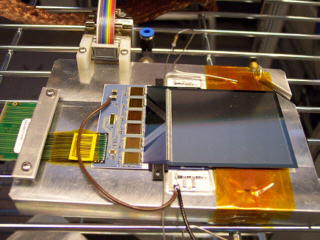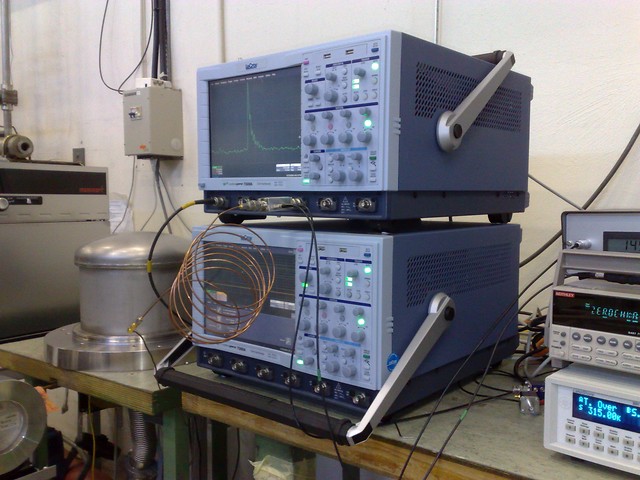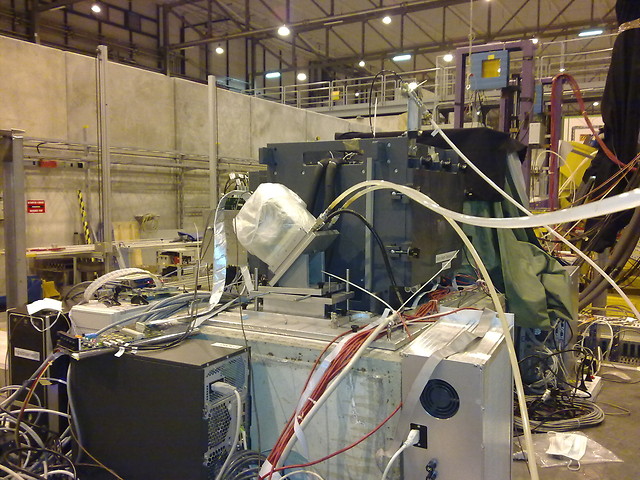


CERN RD39 Collaboration is aiming for development of super-radiation hard cryogenic silicon detectors for applications of LHC experiments and their future upgrades. Radiation hardness up to 1×1016 neq/cm2 is required in the future HEP experiments. The most important measure of the detector’s radiation hardness is the Charge Collection Efficiency (CCE), which is affected by both the detector sensitive volume (depletion depth) and charge trapping by radiation-induced trapping centers. However, 1×1016 neq/cm2 fluence is well beyond the radiation tolerance of even the most advanced semiconductor detectors fabricated by commonly adopted technologies. First, the full depletion voltage (Vfd ) will be in the thousands of volts for a 300 µm thick Si detector operated at or near room temperature. Second, the charge carrier trapping will limit the charge collection depth to an effective range of 20 µm to 30 µm regardless of depletion depth. In order to maintain an acceptable CCE under Super LHC radiation environment, one has to solve both problems simultaneously.
The activities of RD39 Collaboration were focused in 2009 on concept of charge injected detector (CID). In a CID, the electric field is controlled by injected current, which is limited by the space charge. This leads to continuous electric field through the detector at any operating voltage regardless of the radiation fluence. The electric field distribution in CID is proportional to the square of the distance starting from the charge injection contact. According to the calculations with known electric field distribution one could expect more than two times higher CCE in CID compared with similar detector under reverse bias. Moderately low temperature and high concentration of deep levels are required in order to establish by charge injection the stable electric favorable for detector operation.
C-TCT tests on CID pad detectors and muon beam tests (at CERN H2) on CID micro strip detectors mounted to the CMS APV25 readout chips have shown very good CCE: 30% of relative CCE and S/N of about 8 have been achieved by CID detectors irradiated to 5 ×1015 neq/cm2, as compared to only 20% (or 5000 electrons) by detectors operated in the conventional reverse bias mode after a fluence of 3×1015 neq/cm2. CID detectors have also shown good tracking efficiency and position resolution in the beam test.
BACK TO TOP